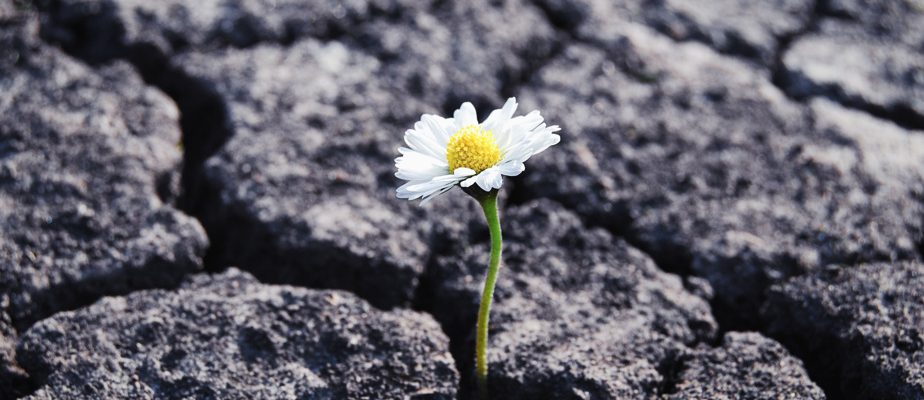We hear the word resilience everywhere, in all spheres of our lives, in sport, culture, politics, family. But why do we use the word resilience all the time ?
It is a poorly defined concept. There is no universal definition of resilience; it is a term that can be used in all kinds of fields, from psychology, physics, engineering, economics, computer science, and definitions may be different. For example, in engineering, we speak of resilience in reference to certain materials that resist impact without breaking. In economics, we talk about a resilience plan after a financial crisis. As we use the word all the time resiliencethere is an injunction to resilience, as if everyone must be resilient, as if we must glorify the ordeal, which can add pressure on the shoulders of those who suffer and who are going through an ordeal.
So, what exactly is resilience?
Based on studies, a resilient person has been exposed to a situation perceived as threatening to their physical or psychological integrity. It is the ability to face adversity. Resilience is having been able to adapt positively to contexts of risk or vulnerability and having recovered one’s pre-crisis level of functioning or well-being. Resilience can go beyond simply being able to adapt and weather tough times, as some people become stronger and wiser through difficult experiences.

PHOTO JULIA MAROIS, PROVIDED BY EDITIONS ÉDITO
Sabrina Poulin
So there can be a “before” and an “after” the shock?
Yes. Very often, after going through a difficult ordeal, whether it be a bereavement, a serious illness, an accident, a separation, depression, personal bankruptcy or professional burnout, we are no longer the same person. We were weakened by a tragic event, we faced adversity, and there is something that will emerge. There is a before and an after when we experience a shock or a very disturbing situation. Something changes within us forever. There are people who say that their tragedy helped them appreciate life more, become closer to family and friends, and found deeper meaning in their lives. Resilience is not simply the ability to face adversity, but also to acquire something through this process and to find value in it through the ordeal. It is the possibility of giving meaning to our suffering and of making changes in our life and of having new projects.
Are we all resilient?
Everyone can be resilient, in their own way. The reaction to shock varies from person to person. Resilience can be developed and optimized through the implementation of individual actions. There is our temperament, our personality, our innate skills that will help us get through difficult times. There is also the importance of the support network you have around you. There are also the lessons learned from past experiences. There is also the moment when adversity strikes; if we are in a period where we are more fragile, we will have more difficulty being resilient. It’s a set of things and a combination of circumstances that will make us more or less resilient, but it is true that there are people who have an incredible ability to bounce back, to rebuild themselves through ordeals. .
Extract of These trials that shape us
“I really like the metaphor of the pearl oyster put forward by Boris Cyrulnik, doctor, neuropsychiatrist and psychoanalyst, to illustrate the idea of “wonderful misfortune” which characterizes resilience so well. That is, how one can transform adverse and painful conditions into potentially fruitful or beneficial experiences for oneself or others. When an aggressive external element (a grain of sand) is found inside the two shells from which the mollusc cannot escape, it sets up an extraordinary defense mechanism: it secretes limestone around the foreign body who hurts him, transforming him into a magnificent pearl. Cyrulnik, however, concludes this analogy by specifying (with realistic optimism) that despite the favorable outcome, the beauty or the great value of the final result, the oyster will continue to carry within itself the story of its injury. »

These challenges that shape us – How to develop our resilience factors
Editorial
320 pages
